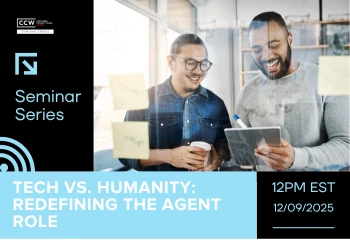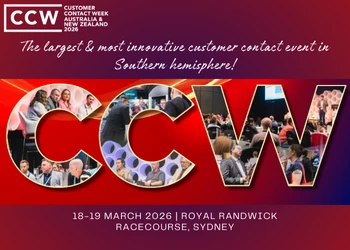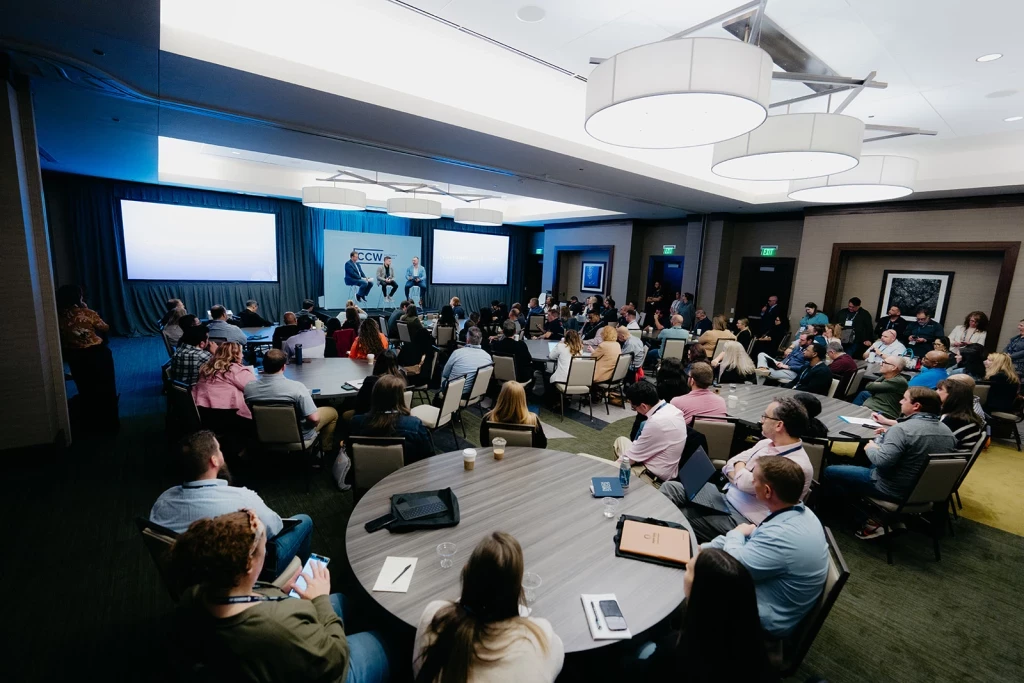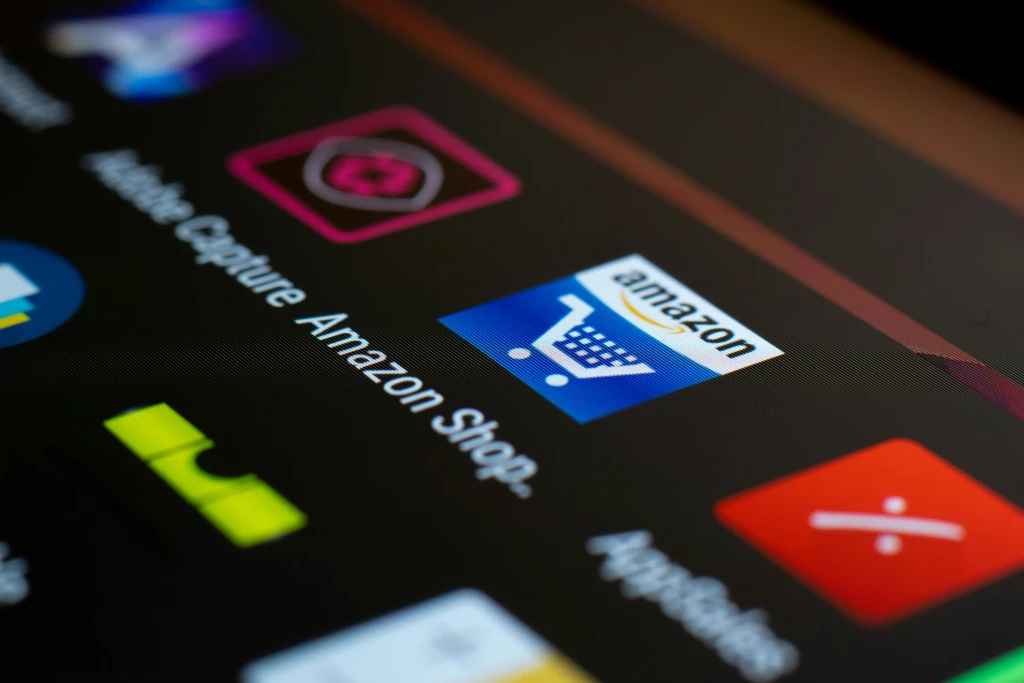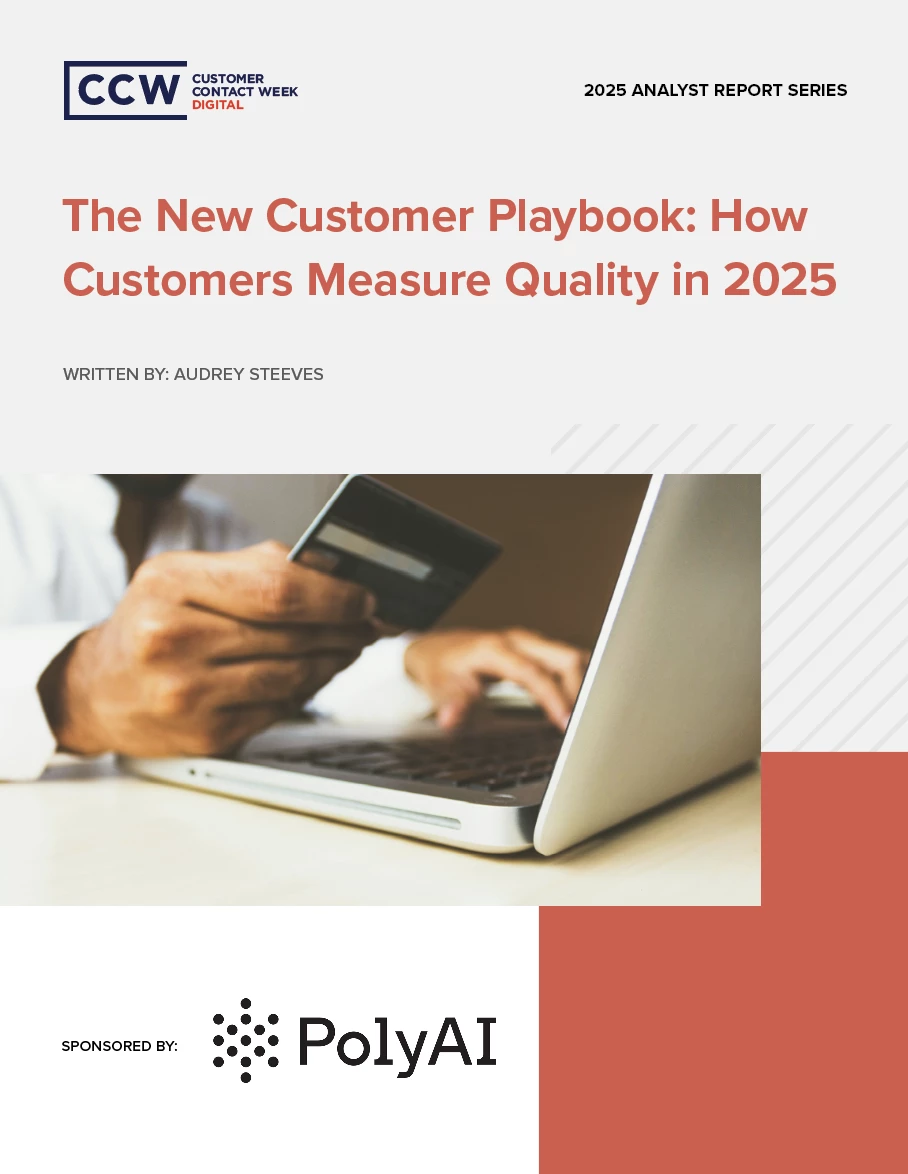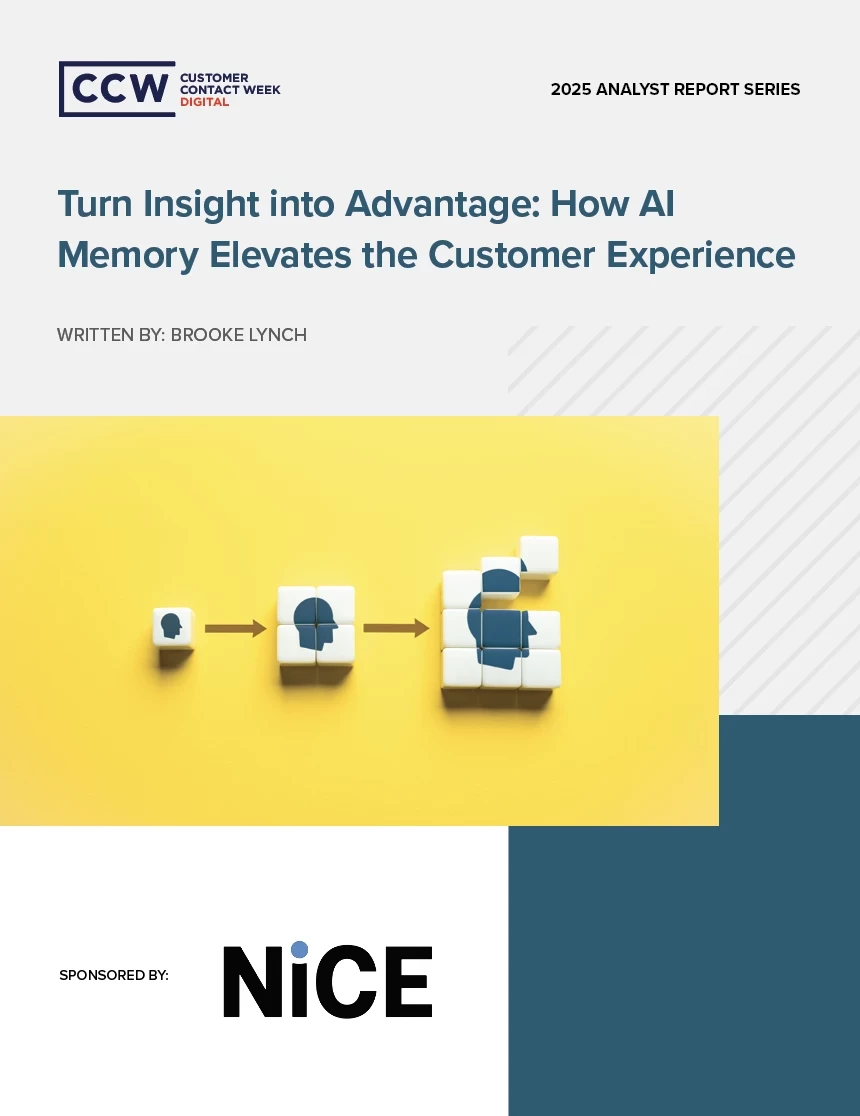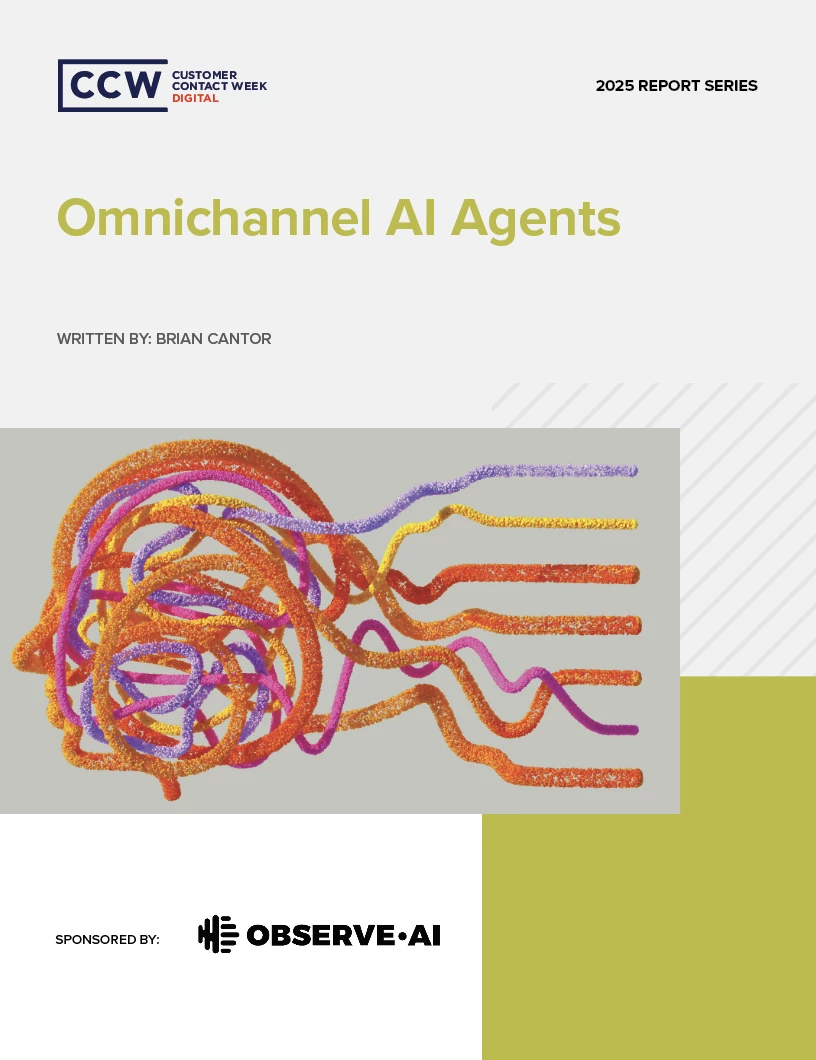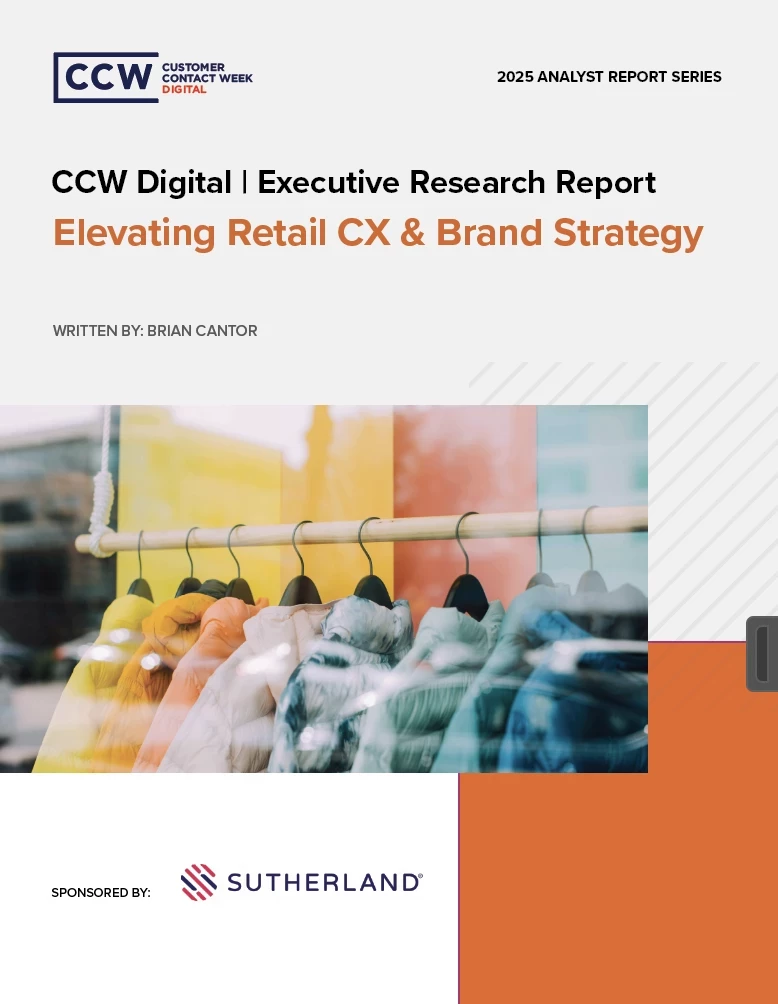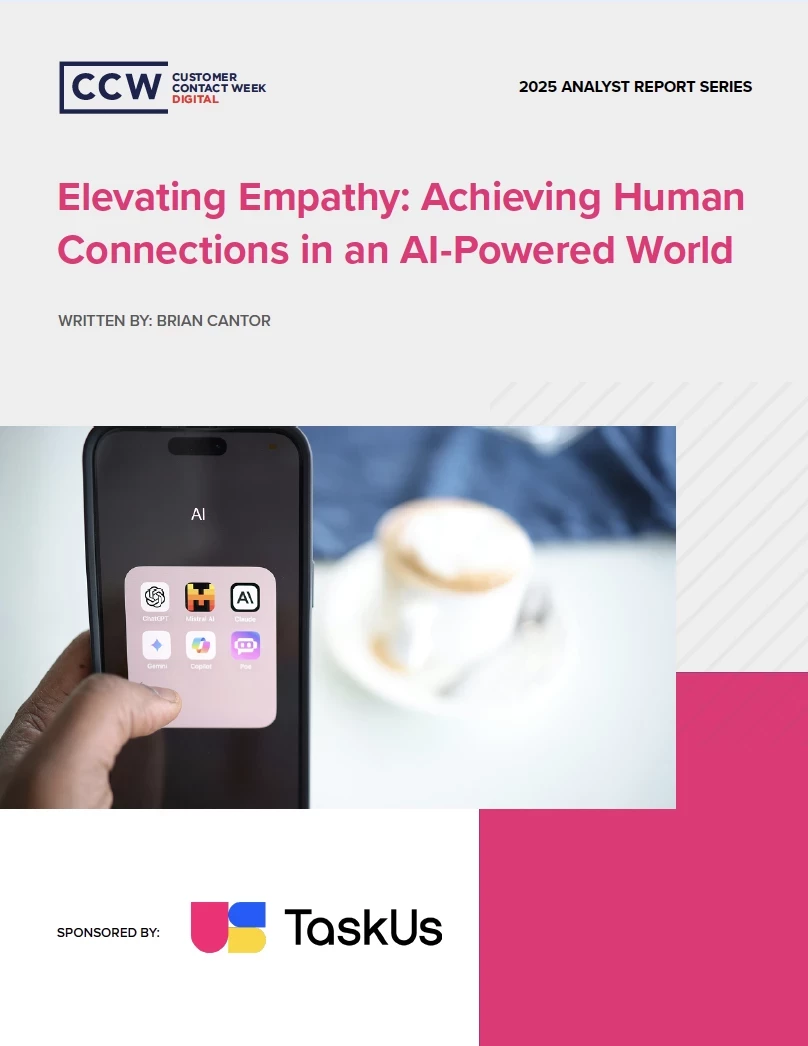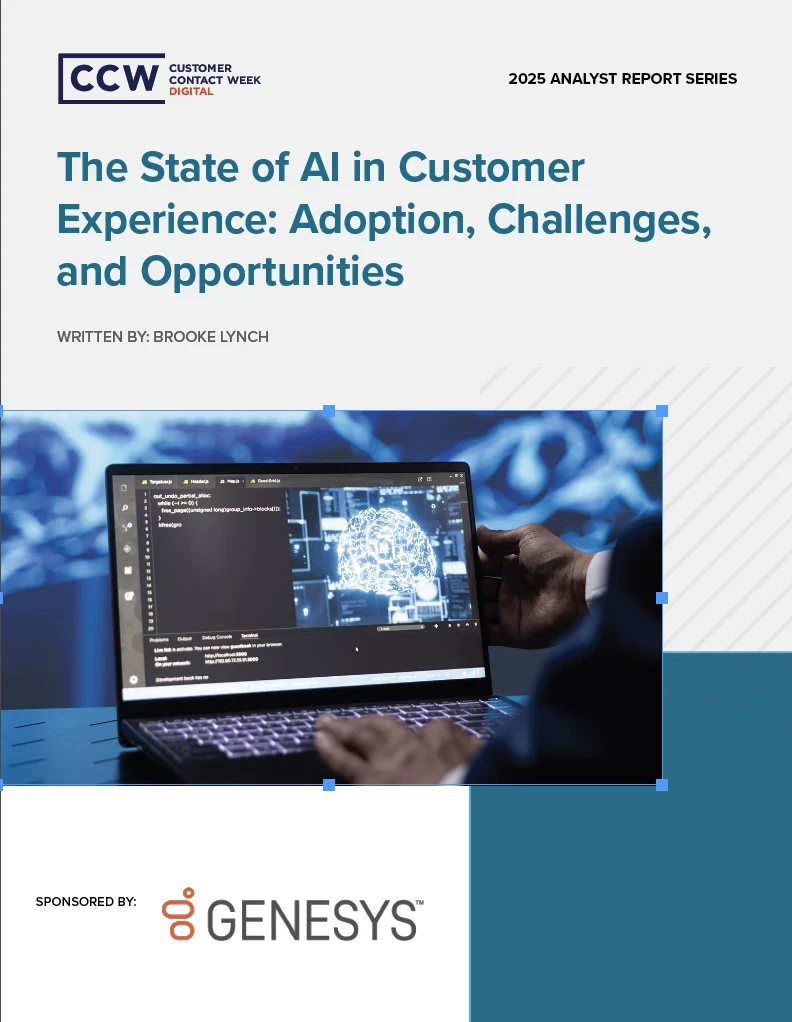Should Companies Strive to Provide Frictionless or Memorable Experiences?
Add bookmark
Now that we can achieve almost anything with a click of a button, the terms frictionless and effortless have become pivotal in defining the way of the new customer experience. While ease of use is undoubtedly important to many, other brands often take the opposite approach and prioritize carefully designed, memorable moments within these experiences.
Although there is merit in both strategies, and customers clearly recognize the benefit of each type of experience, a recent study aimed to identify which delivery was the most desirable. Posing the question — do modern customers want a memorable experience design, or do they ultimately prefer a frictionless, hassle-free end-to-end journey?
After surveying 4,500 US consumers and 134 brands, across 5 industries, the study attempted to learn about ongoing purchase behavior, customer sentiment, and spending behaviors to uncover preferences about these contrasting customer experience strategies. The researchers identified three initial findings: the first being a positive correlation between frictionless or memorable experiences and consumer sentiment and spending behavior. Next, they noticed that these relationships vary by industry. Third, and most surprising, is that when pursuing both a frictionless and memorable overall experience, there is a zero-sum gain.
To unpack this, if a company desires to grow effectively, it must choose either a largely frictionless end-to-end journey or a highly memorable experience. When setting its sights on both, its growth will end up being stunted. This makes sense — as with the old adage, you can’t have your cake and eat it too, companies can’t do or be everything, it simply doesn’t work. Instead, the study notes, to remain successful, companies should focus on leveraging their essential brand characteristics and then design their customer journey to support these goals.
But, to understand how a brand might identify and align its journey with a certain frictionless or memorable characteristic, we must outline the categories that each company may fall into.
The study outlines 4 categories of brands, rated from high market share to low, and frictionless to memorable. The experiences with the highest market share include Mass-market and Gravity brands. Mass-market brands are often the most frictionless, but they also benefit from higher frequency usage. For example, Uber and Amazon are listed as Mass-market companies, and these experiences often become essential to a customer’s daily routine. Gravity brands act as almost the opposite, a kind of aspirational experience-driven service, like Disney Resorts.
When thinking about the categories with the lowest market share, convenience, and boutique brands, these companies aren’t always offering the most necessary or valuable services. Convenience brands are recognized for the ease with which customers can fulfill their needs but they are limited in their ability to scale their operations — with an example being Ryanair. Customers may not consistently need their services and typically gravitate toward their price point over more sophisticated convenience options. Boutique brands also represent a unique category; where friction may actually add to the experience and its memorability, like a ‘rare’ or exclusive service that isn’t always simple to coordinate. For example, purchasing a Peloton bike and being put on a 2-month waitlist.
All of these experiences offer either an immersive and design-driven experience or a seamless, instant, or on-demand service. But, should companies really only be reduced to immersive or effortless experiences? While they definitely should not aim to do everything, there is something to be said about both an effortless but entirely memorable service experience. Additionally, in the contact center, agents often strive to provide both empathetic and seamless support that, in theory, should be memorable and pleasant. When it comes down to it, effortless experiences should be memorable, and immersive experiences should also be seamless. Therefore, these categories really only act as a guideline for cultivating an overall brand personality. By creating rules or categories for companies to fit into, we’re in a way, hindering potential innovation.
To remain competitive in today’s market, companies should definitely be presenting clear brand values and establishing an experience that feels both thoughtful and unique. However, if a company wants to create a seamless and memorable experience that continues to add value to the customer, that should be OK too.
Image by Jozefm84 from Pixabay


